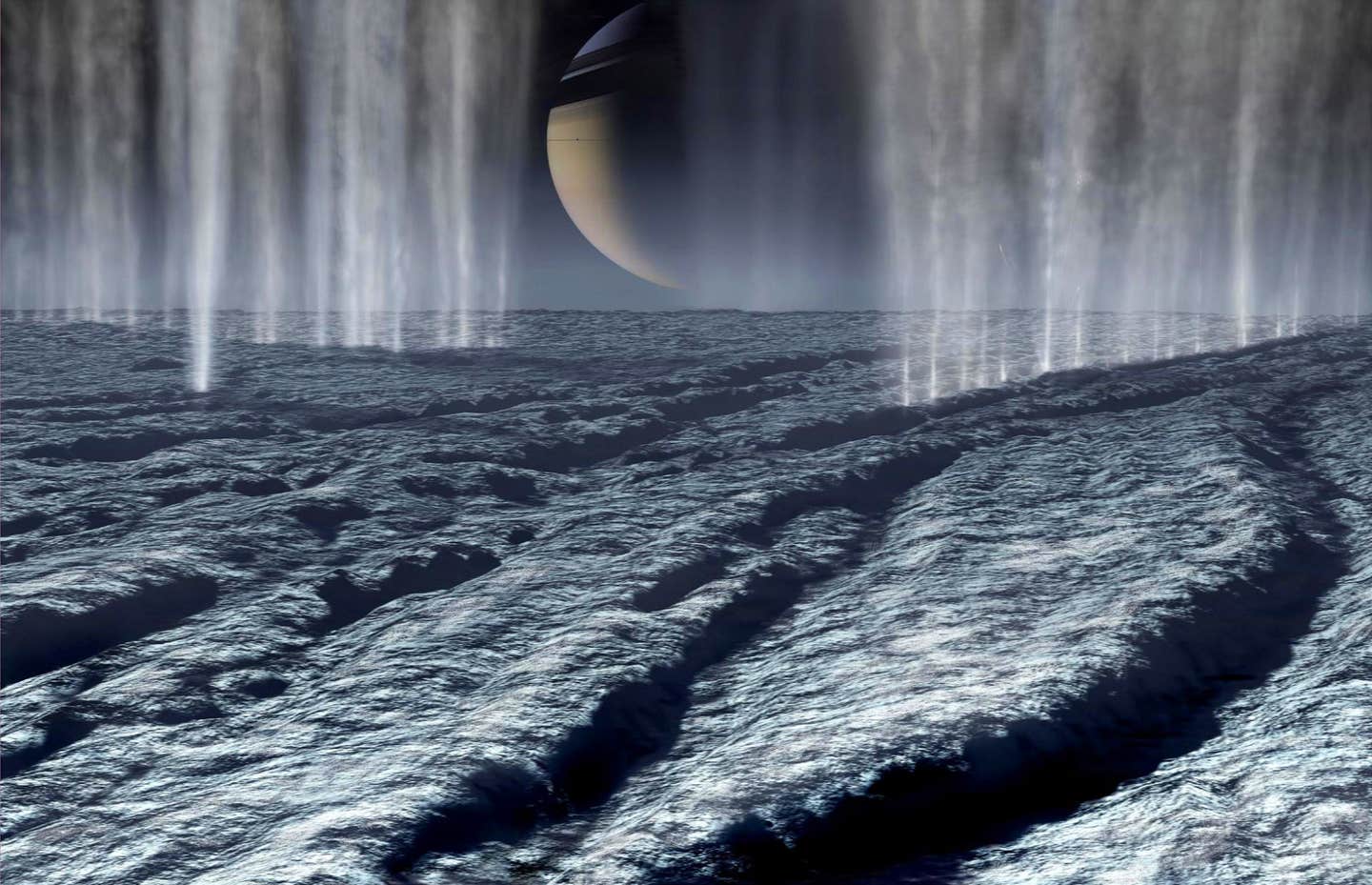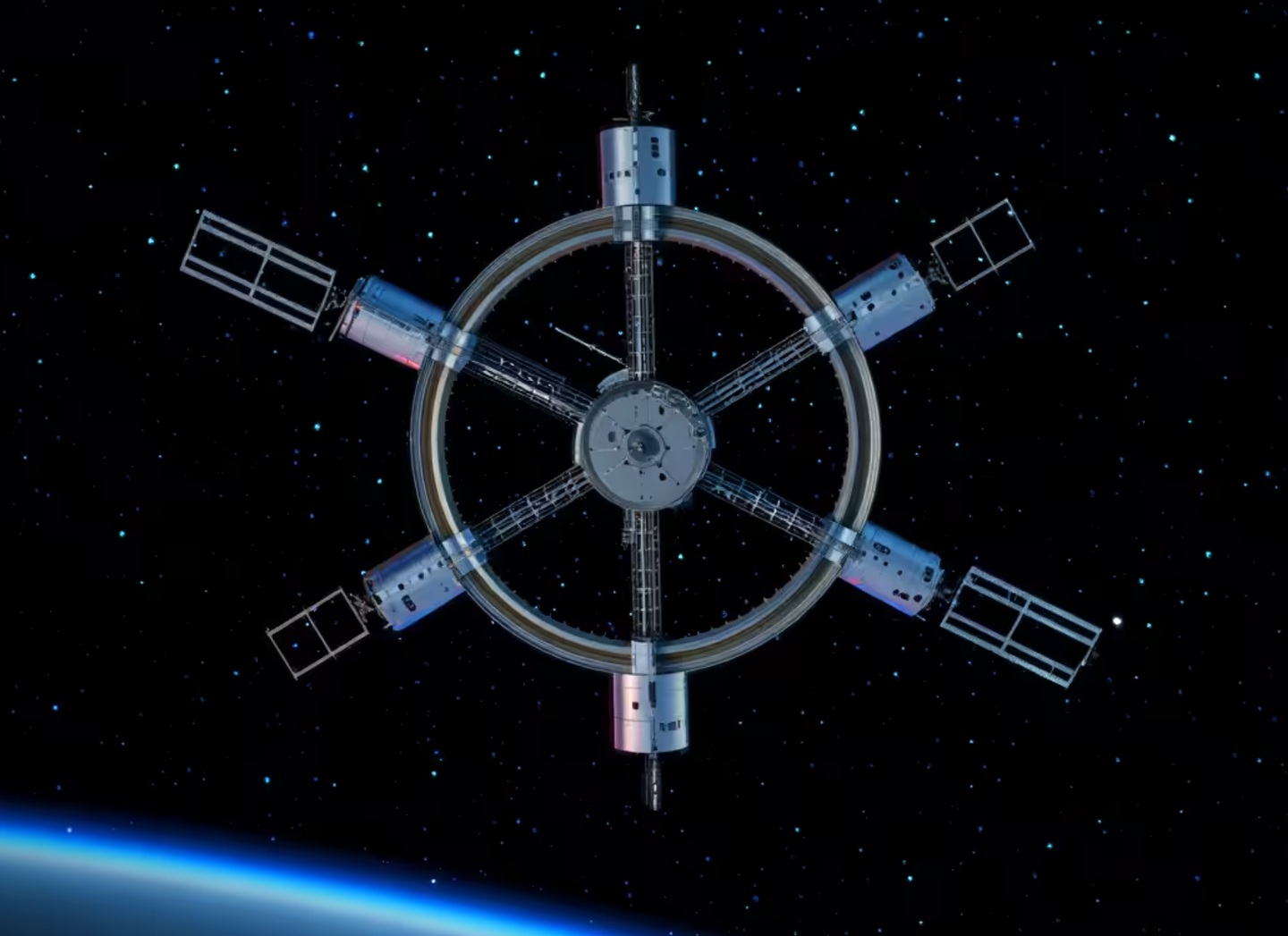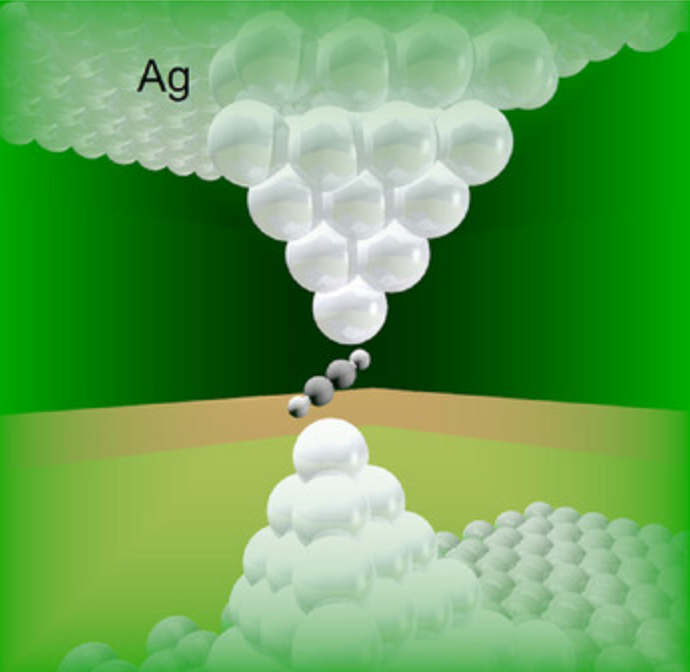Key building block for life found at Saturn’s moon Enceladus
Saturn’s moon Enceladus has a greater chance of habitability as its ocean may be rich in dissolved phosphorus, a building block of life.

[June 15, 2023: Staff Writer, The Brighter Side of News]
Research has recently unearthed substantial evidence indicating that phosphorus, a building block of life as we know it, is present in the subsurface ocean of Saturn's moon, Enceladus.. (CREDIT: Creative Commons)
In the extensive pursuit of understanding our place in the cosmos, the discovery of key components of life on a distant celestial body marks a watershed moment in humanity’s relentless quest.
A multinational team of scientists, spearheaded by Dr. Christopher Glein from the Southwest Research Institute, has recently unearthed substantial evidence indicating that phosphorus, a building block of life as we know it, is present in the subsurface ocean of Saturn's moon, Enceladus.
The findings, harvested from data accrued during NASA's Cassini mission, have added new enthusiasm and dynamism to the investigation of extraterrestrial life within our own solar system. The Cassini spacecraft embarked on a 13-year expedition exploring Saturn, its mesmerizing ring system, and its diverse array of moons, including Enceladus, a small yet intriguing icy satellite, notable for its sub-surface ocean.
“In 2020 (published in 2022), we used geochemical modeling to predict that phosphorus should be abundant in Enceladus’ ocean,” shared Glein, a celebrated luminary in the sphere of extraterrestrial oceanography and a co-author of the groundbreaking paper in Nature. “Now, we have found abundant phosphorus in plume ice samples spraying out of the subsurface ocean.”
Related Stories
This trailblazing revelation emanated from a meticulous analysis of the plume ice samples that emanate from the moon's subsurface ocean. The Cassini spacecraft discovered Enceladus’ subsurface liquid water, identifying and scrutinizing samples in a plume of ice grains and gases soaring into space from crevices in the moon’s frosty surface.
Examination of a certain category of salt-rich ice grains by Cassini’s Cosmic Dust Analyzer revealed the existence of sodium phosphates, leading the team to conclude that phosphorus in the form of phosphates is indeed present and readily available in the moon's ocean.
Understanding the role of phosphates on Earth illuminates the significance of this discovery. On Earth, phosphates perform an invaluable task, acting as a fundamental element for all known life forms. Phosphates are integral to the formation of DNA and RNA, essential building blocks for life.
SwRI Lead Scientist Dr. Christopher Glein was part of a team that found phosphorus, a key building block for life, from the subsurface ocean of Saturn’s small moon, Enceladus. Liquid water erupts from the moon’s subsurface ocean, forming a plume that contains grains of frozen ocean water. Some of these ice grains go on to form Saturn’s E ring. The team analyzed Cassini spacecraft data from ice grains in the E ring, which revealed fingerprints of soluble phosphate salts from Enceladus’ ocean. (CREDIT: Cassini Imaging Team/SSI/JPL/ SWRI/ Freie Universität Berlin)
Additionally, they contribute to the production of energy-carrying molecules, the structuring of cell membranes, and the formation of bones and teeth in animals and humans alike. They are even crucial to the vast marine microbiome, including the pivotal plankton. Life, in the form as we comprehend it, hinges upon phosphates.
Glein expressed the magnitude of this finding, “We found phosphate concentrations at least 100 times higher in the moon’s plume-forming ocean waters than in Earth’s oceans. Using a model to predict the presence of phosphate is one thing, but actually finding the evidence for phosphate is incredibly exciting. This is a stunning result for astrobiology and a major step forward in the search for life beyond Earth.”
Scientists have inferred that a soda or alkaline ocean (containing NaHCO3 and/or Na2CO3) inside of Enceladus interacts geochemically with a rocky core. Geochemical modeling and laboratory experiments indicate that this interaction promotes the dissolution of phosphate minerals, making phosphate (e.g., HPO4-2) readily available to potential life in the ocean. The discovery of phosphates by Cassini strongly supports the paradigm that Enceladus’ ocean is habitable. (CREDIT: Southwest Research Institute)
This discovery also contributes to the growing body of evidence that, in contrast to Earth with its surface oceans, other worlds harbor their oceans beneath an icy exterior. This realization, one of the most profound discoveries in planetary science over the past quarter-century, opens up a cornucopia of opportunities. Many celestial bodies, including the icy satellites of the giant planets such as Europa, Titan, and Enceladus, as well as distant bodies like Pluto, have been identified as likely candidates for these under-ice oceans.
“Geochemical experiments and modeling demonstrate that such high phosphate concentrations result from enhanced phosphate mineral solubility, in Enceladus and possibly other icy ocean worlds in the solar system beyond Jupiter,” explained Glein. “With this finding, the ocean of Enceladus is now known to satisfy what is generally considered to be the strictest requirement for life. The next step is clear – we need to go back to Enceladus to see if the habitable ocean is actually inhabited.”
CDA cation spectrum co-added from nine baseline-corrected individual ice grain spectra. (CREDIT: Nature)
Leading the charge on this study was Frank Postberg from the Institut für Geologische Wissenschaften, Freie Universität Berlin, Germany, who served as the lead author of the Nature paper, “Detection of Phosphates Originating from Enceladus’ Ocean.” Glein helmed the U.S. investigation, and the team encompassed a consortium of scientific brilliance from ten international institutions.
The unearthing of phosphates in the subterranean seas of Enceladus marks a monumental leap forward in astrobiology and the ongoing quest for life beyond our blue planet. As we continue to look towards the stars, discoveries like these highlight the vast potential for uncovering life in the farthest corners of our solar system and perhaps, even beyond.
For more science stories check out our New Discoveries section at The Brighter Side of News.
Note: Materials provided above by the The Brighter Side of News. Content may be edited for style and length.
Like these kind of feel good stories? Get the Brighter Side of News' newsletter.



